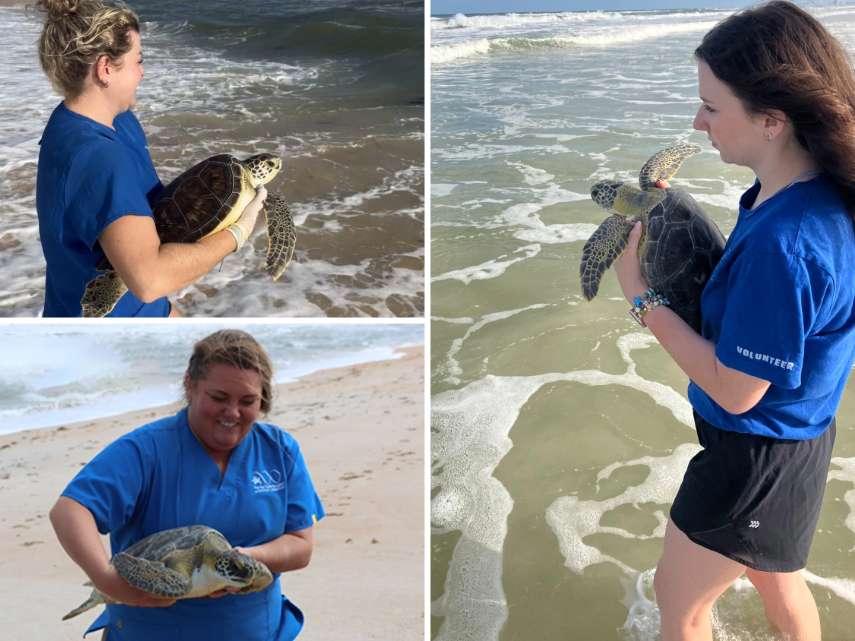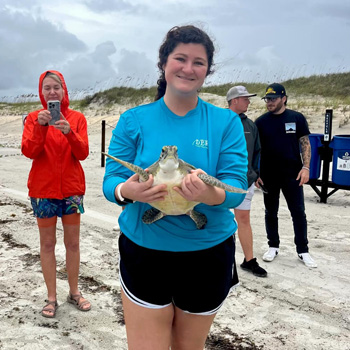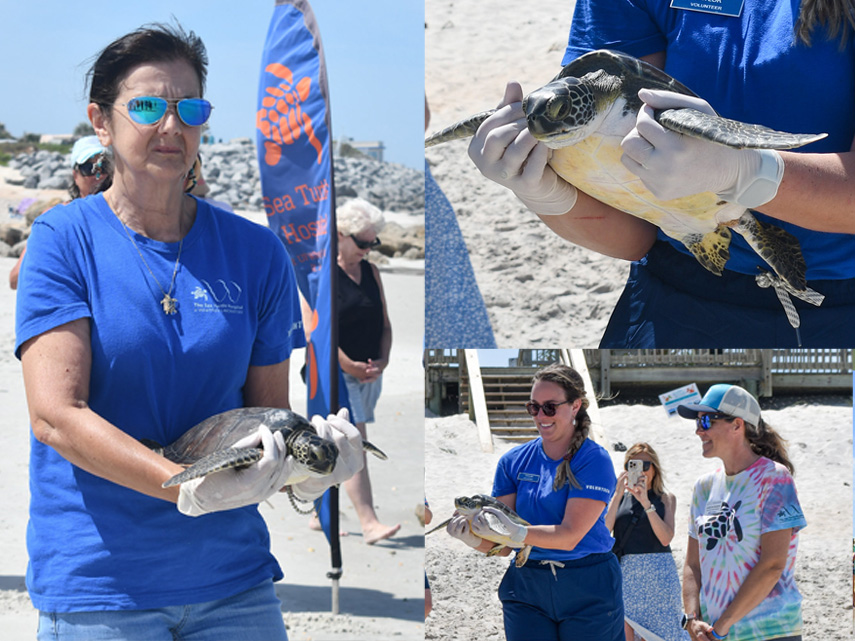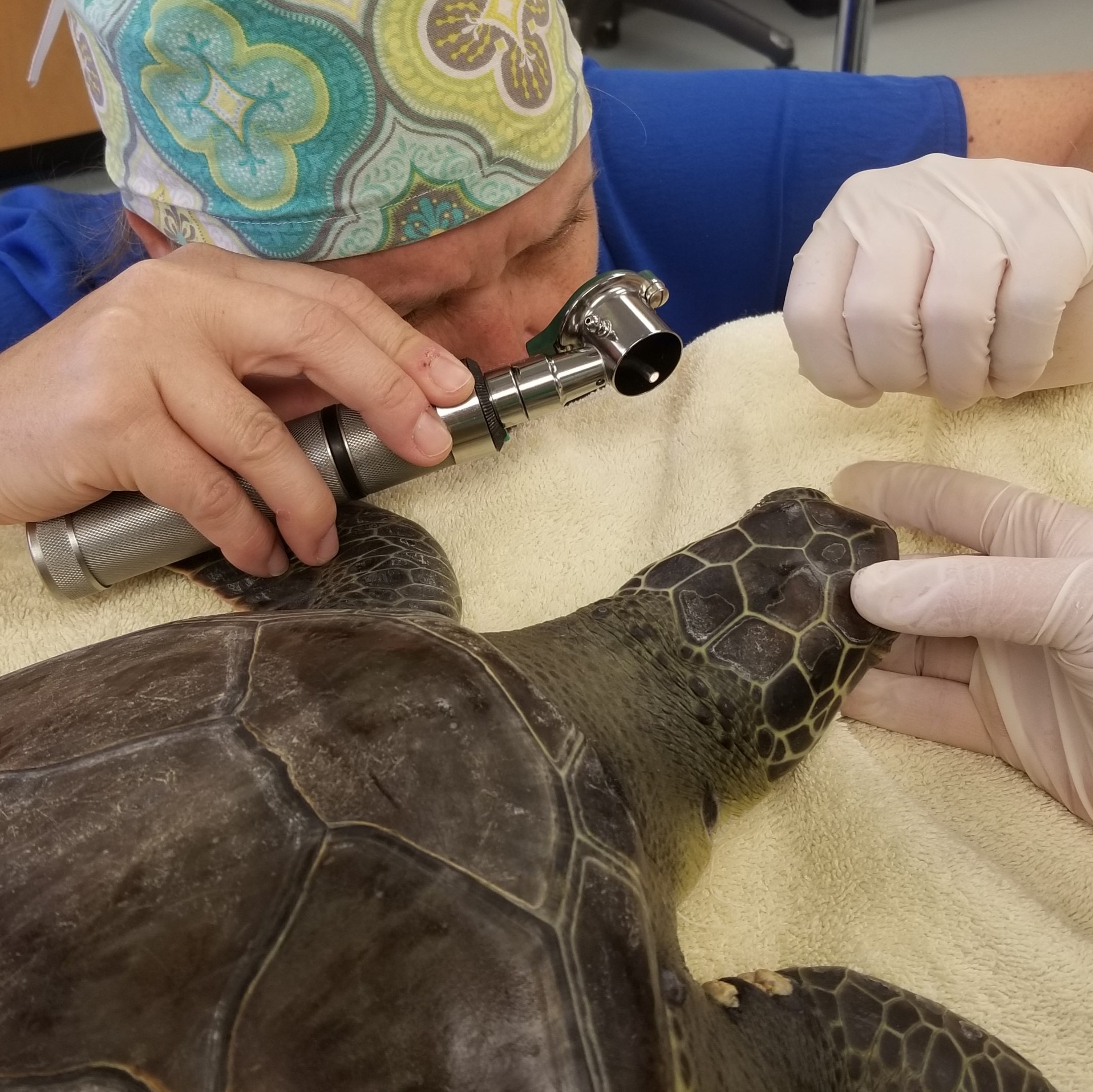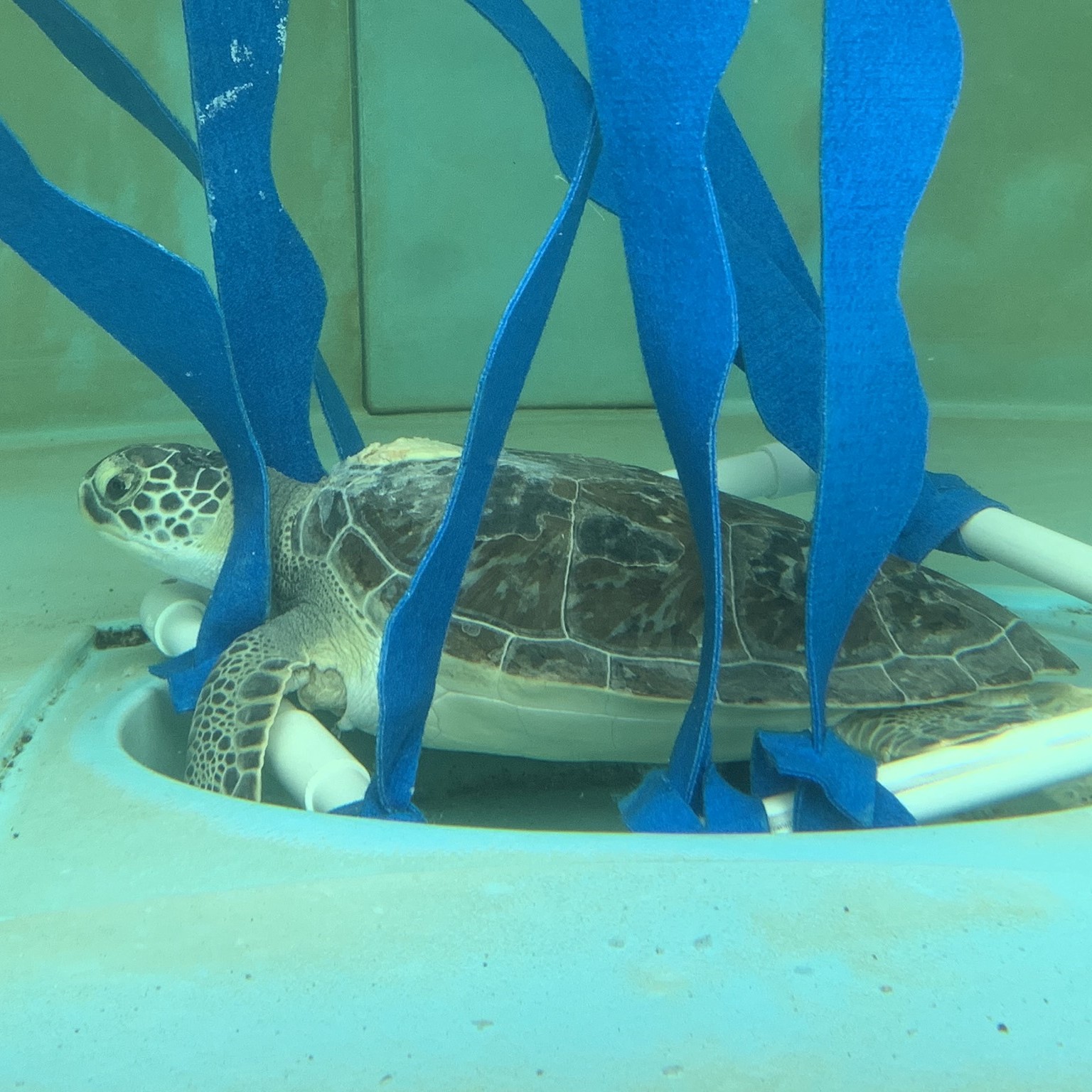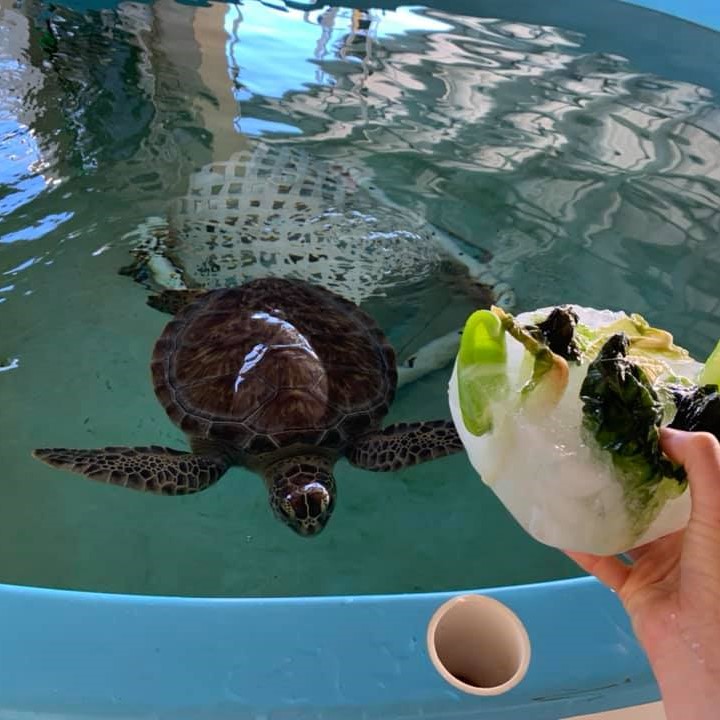Recent Sea Turtle Releases
The Sea Turtle Hospital at UF Whitney Laboratory
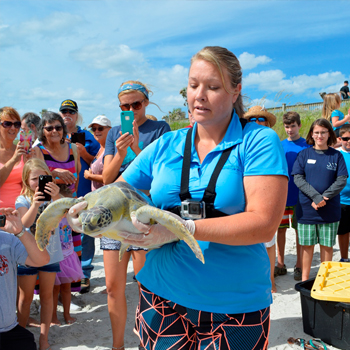
The Sea Turtle Hospital opened in October 2015 to provide rehabilitation, education and research for sea turtle conservation in Northeast Florida. The hospital rehabilitates sick and injured sea turtles, and, once healthy and cleared by the veterinarian, releases them back to their habitat. Since opening, the hospital has rehabilitated and released 78 sick or injured sea turtles, and rescued and released 1,524 washback hatchlings.
IF YOU SEE A TURTLE ON THE BEACH OR STRUGGLING IN THE SURF, PLEASE CALL THE FLORIDA FISH AND WILDLIFE CONSERVATION COMMISSION AT 1-888-404-3922.
The Sea Turtle Hospital has Three Key Goals
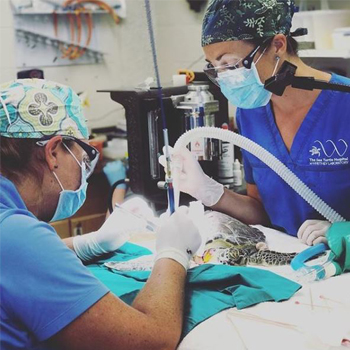
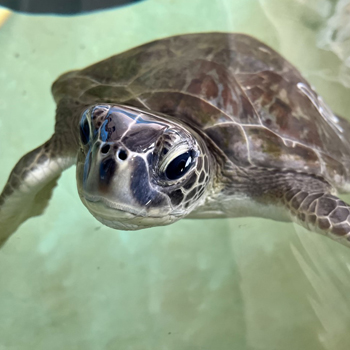
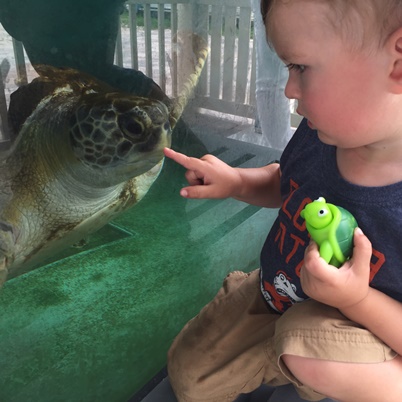
13
Released
Sea Turtle Released in 2023
86
Juveniles
Treated injured or ill juvenile sea turtles in 2023
330
Hatchlings
Treated hatchlings and post-hatchlings in 2023
In the News
Read MoreWant to get Involved?
Sea Turtle Grants Program
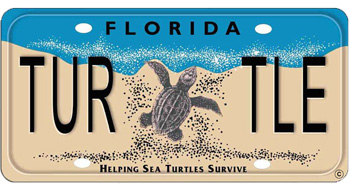
Thank you for helping establish our Surgery Suite and its continued support of the hospital’s programs and projects.
- Critical Surgical Equipment
- Sea Turtle Transport Vehicle
- Onsite X-Ray Equipment
- Endoscopy Equipment
- Improved FP Classification System
- Modular, Mobile Sea Turtle Exhibition
Contact Us
| Meet Our Team | Sea Turtle Hospital Staff |
| More Information |
Catherine Eastman, Sea Turtle Program Manager, 904-201-8414 or cbeastman@whitney.ufl.edu |
| Donation Information |
Ellie Padgett, Assistant Director of Development, 904-201-8471 or elliepadgett@whitney.ufl.edu |
| Media Inquiries | We welcome media inquiries, please use the contact info here. |
Support the Hospital
Support Whitney Lab’s operations of the rehabilitation and research facility for Sea Turtles impacted by fibropapilloma in the North Florida region.

